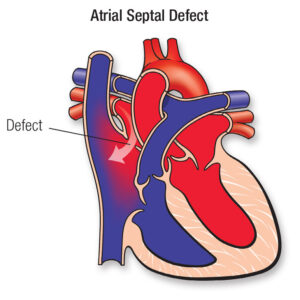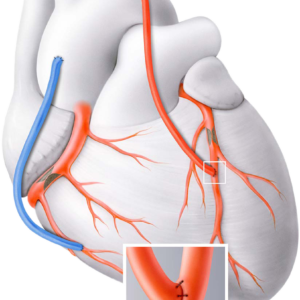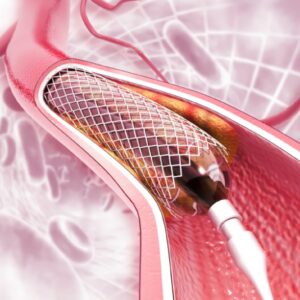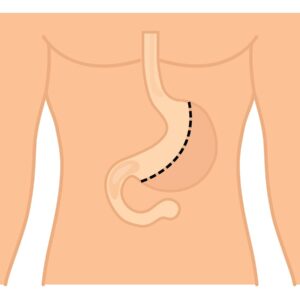2,692.00$
2,692.00$
The Iran Health Clinic is a reputable medical center that specializes in providing advanced fat transfer treatment to its patients. With a team of experienced doctors who have been trained in the latest fat transfer techniques, the clinic is committed to delivering high-quality care that is tailored to meet the unique needs of each patient.
Using state-of-the-art technology and equipment, the clinic can perform fat transfer procedures that are safe, effective, and minimally invasive. Whether you are looking to restore volume to your face, increase the size of your breasts, or enhance your buttocks, the Iran Health Clinic can help you achieve your desired results.
With a warm and welcoming environment, the clinic strives to make every patient feel comfortable and relaxed throughout their entire treatment process. If you are looking for a trusted medical center for your fat transfer needs, then the Iran Health Clinic is the right choice for you.
Familiarity with Treatment:
Microdiscectomy, also known as microdecompression, is a minimally invasive surgical procedure performed to relieve pressure on the spinal nerves by removing a portion of a herniated disc that is pressing on the nerve. This surgery is commonly used to treat conditions such as lumbar disc herniation that cause symptoms like sciatica, leg pain, and weakness.
Procedure: During a microdiscectomy, the surgeon makes a small incision in the back and uses specialized instruments and a surgical microscope to remove the portion of the herniated disc that is compressing the nerve. This approach aims to minimize damage to surrounding tissues and muscles.
Who Is It Suitable For?
Who Is It Not Suitable For?
Advantages:
Complications:
Preoperative Care:
Postoperative Care:
| Country | |
|---|---|
| City | |
| Hotel | |
| Visa | |
| Translator | |
| Transfer | |
| Stay at Hospital | |
| Language | |
| Insurance | |
| Stay at Hotel | |
| City Tour |
Only logged in customers who have purchased this product may leave a review.






Reviews
There are no reviews yet.